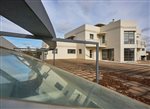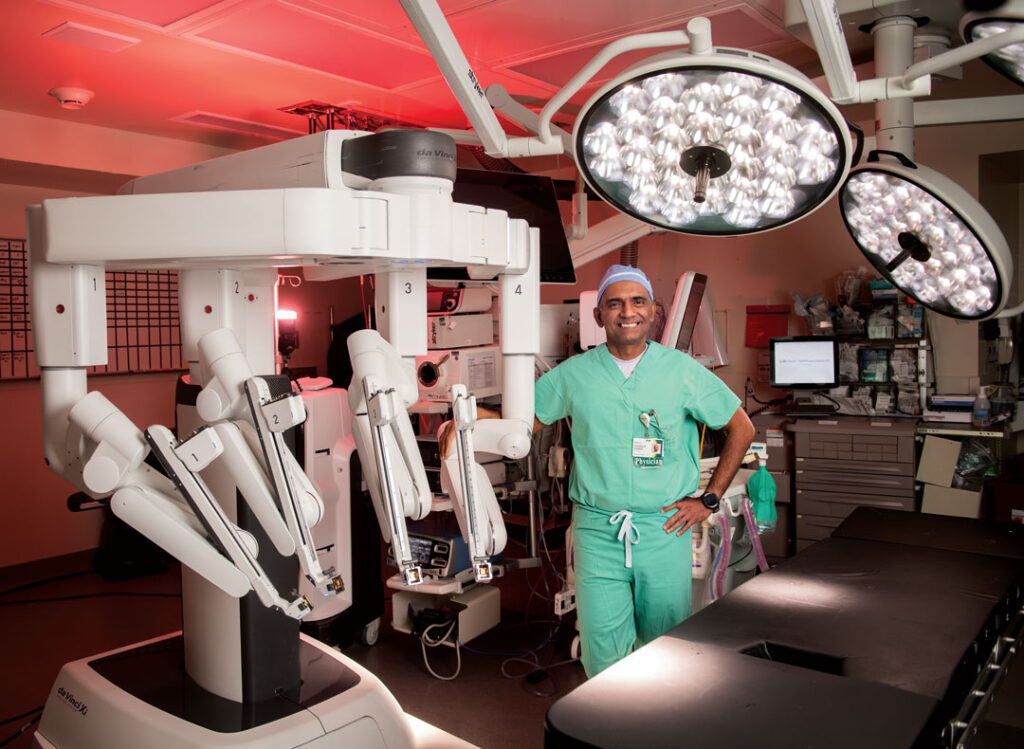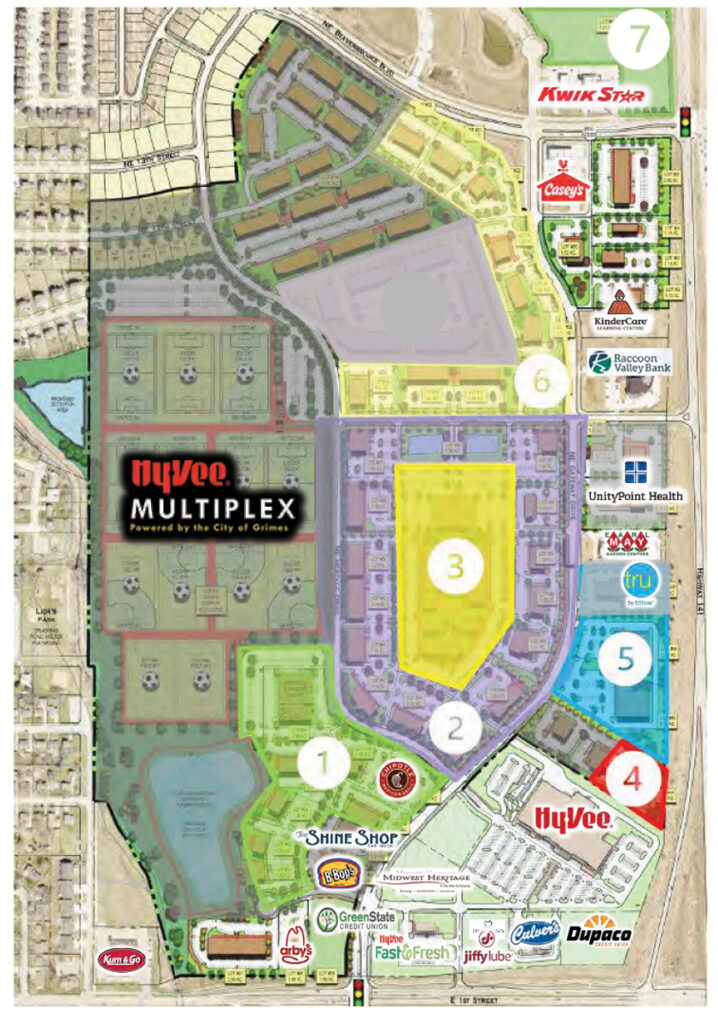Iconic 85-year-old mansion remains on the market
Bob Boesen, who owns the Butler Mansion, thought people ‘would be knocking on our door’ to buy the structure or lease space in it. ‘They’re not,’ he said.

KATHY A. BOLTEN Nov 21, 2019 | 4:16 pm
4 min read time
869 wordsBusiness Record Insider, Real Estate and DevelopmentWhen the marketing firm that had leased space in the iconic Butler Mansion left in 2018, Bob Boesen figured he would have no trouble either finding a new tenant or selling the historic structure.
Nearly 18 months later, the 85-year-old white concrete building that sits on a hill overlooking Gray’s Lake, Water Works Park and downtown Des Moines remains empty.
“It’s such a unique property, I thought it would be weeks or months – that people would be knocking our door down to get in here,” said Boesen, a Central Iowa developer. “They’re not.”
Boesen bought the 7-acre property at 2633 Fleur Drive in 2006 for $2.9 million from his friends Jack Kragie and Elizabeth Newell, who started a Des Moines advertising agency in the 1970s. Kragie and Newell bought the mansion in 1987 and moved their firm into the multilevel structure. They built a couple of additions that including large meeting areas and presentation rooms in which they pitched ideas to clients. Kragie Newell merged with the Integer Group in 1998; in 2006, the pair left Des Moines. It was shortly after they left that they asked Boesen if he wanted to buy the mansion.
“Growing up in Des Moines, you would always go by that building and admire it,” Boesen said. “It’s always been one of those properties that’s been pretty special.”
Boesen had been asking for more than $5 million for the property; he’s now asking $4.3 million.
He said he would also lease the building, which has nearly 44,000 square feet of office space, to one or more tenants.
“We’ve had a lot of people that have come through and looked at it, and from the way they talked, were right on the edge of making a deal,” Boesen said. “I don’t know why they didn’t.”
Mansion has sat empty before
The Butler Mansion, which was home to Open Bible College from 1966 to 1986, sat empty for about a year before the college put it up for sale.
The college had bought the mansion from the Butler family, who had lived in it for nearly three decades beginning about 1937.
Earl Butler, an engineer and world traveler, wanted a house that would “inspire him to stay home,” according to Jay Pridmore, the author of “Des Moines Architecture & Design.”
Butler commissioned Kraetsch and Kraetsch, a local architecture firm, to design the house that “features white case concrete walls, curved interiors, indirect lighting and arrangement of rooms that … put the most important living areas in the back, where they overlooked the countryside,” Pridmore wrote.
Among the mansion’s unique features is a central ramp system that provides access to each level of the residence. Butler, as the story is told, had read that a high percentage of accidents were caused by stairs. To avoid an accident – and to live a long life – the ramp system was installed.
Butler had numerous plants in the house that needed frequent watering. Instead of hauling a watering can around the house, a hose system was installed that ran up the middle of the ramp, said BJ Connolly III, the property’s listing agent who has spent hours learning the house’s history. “The hose allowed him to water all the plants on each level. It was very innovative.”
A spotlight made by General Electric was installed in one of the rooms on the top story of the house.“He had a radio, and in inclement weather he would help guide airplanes to the airport,” Connolly said.
On another level of the house is a game room and bar area. Prohibition was over when Butler moved into the mansion, but there were no guarantees that it wouldn’t be reinstated. So Butler installed a secret room in which alcoholic beverages could be stored.
A secret door in the back of a pantry opens when two magnets are held up to a couple of screws in the wall. The passage opens up to a cellar where wine and other spirits were kept.

Connolly said he was impressed by the recessed lighting in the house.
“He figured out a way – in the 1930s – to do recessed lighting,” Connolly said. “I don’t think anyone had done it up to that point.”
Numerous rooms in the mansion have floor-to-ceiling windows that overlook the city. Connolly believes the house sits on the highest point of Des Moines’ south side.
Why hasn’t mansion sold?
Like Boesen, Connolly said he’s baffled about why the mansion hasn’t sold.
“For an employer to be able to offer their workers access to the [pedestrian] trail system that goes through Gray’s Lake and Water Works Park and to be so close to downtown – I would think that’s a big deal,” he said. The building includes showers and locker rooms and a bocce ball court.
There’s space on the property to add other buildings such as a condominium, Connolly said.
Boesen said he remains hopeful that someone who appreciates the mansion’s history will lease or buy it.
“The CFO for Integer used to tell me the place was great for recruitment and retainment because it’s such an interesting workplace,” Boesen said. “It’s a great space for people to work in.”















